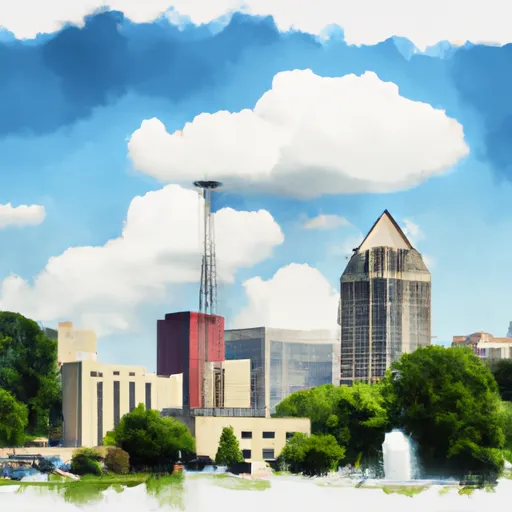°F
°F
mph
Windspeed
%
Humidity











Fountain City is a small city situated in Buffalo County, Wisconsin. The city experiences a humid continental climate with warm summers and cold winters. The average temperature in the summer is around 75°F, and in the winter, it ranges from 20°F to 30°F. The city is located near the Mississippi River, and this river plays a crucial role in the hydrology constituents of the area. Several outdoor recreation opportunities are available in the area, including boating, fishing, hiking, and biking. The Merrick State Park is nearby, offering camping, hiking trails, and fishing opportunities, and the Great River State Trail provides a scenic path for bikers and hikers. The city hosts several festivals and events throughout the year, including the Fountain City Blues and BBQ festival.
Weather Forecast
Fountain-City receives approximately 855mm of rain per year, with humidity levels near 82% and air temperatures averaging around 8°C. Fountain-City has a plant hardyness factor of 4, meaning plants and agriculture in this region thrive during a short period during spring and early summer. Most plants will die off during the colder winter months.
Regional Streamflow Levels
153
Cubic Feet Per Second
1,110
Cubic Feet Per Second
14
Cubic Feet Per Second
64
Cubic Feet Per Second
Nearby Camping
| Camping Area | Reservations | Toilets | Showers |
|---|---|---|---|
| Ray Behrens | |||
| Mark Twain State Park | |||
| Chamois Access - MDC | |||
| Akers | |||
| Graham Cave State Park | |||
| Rollins Ferry Access - MDC |



